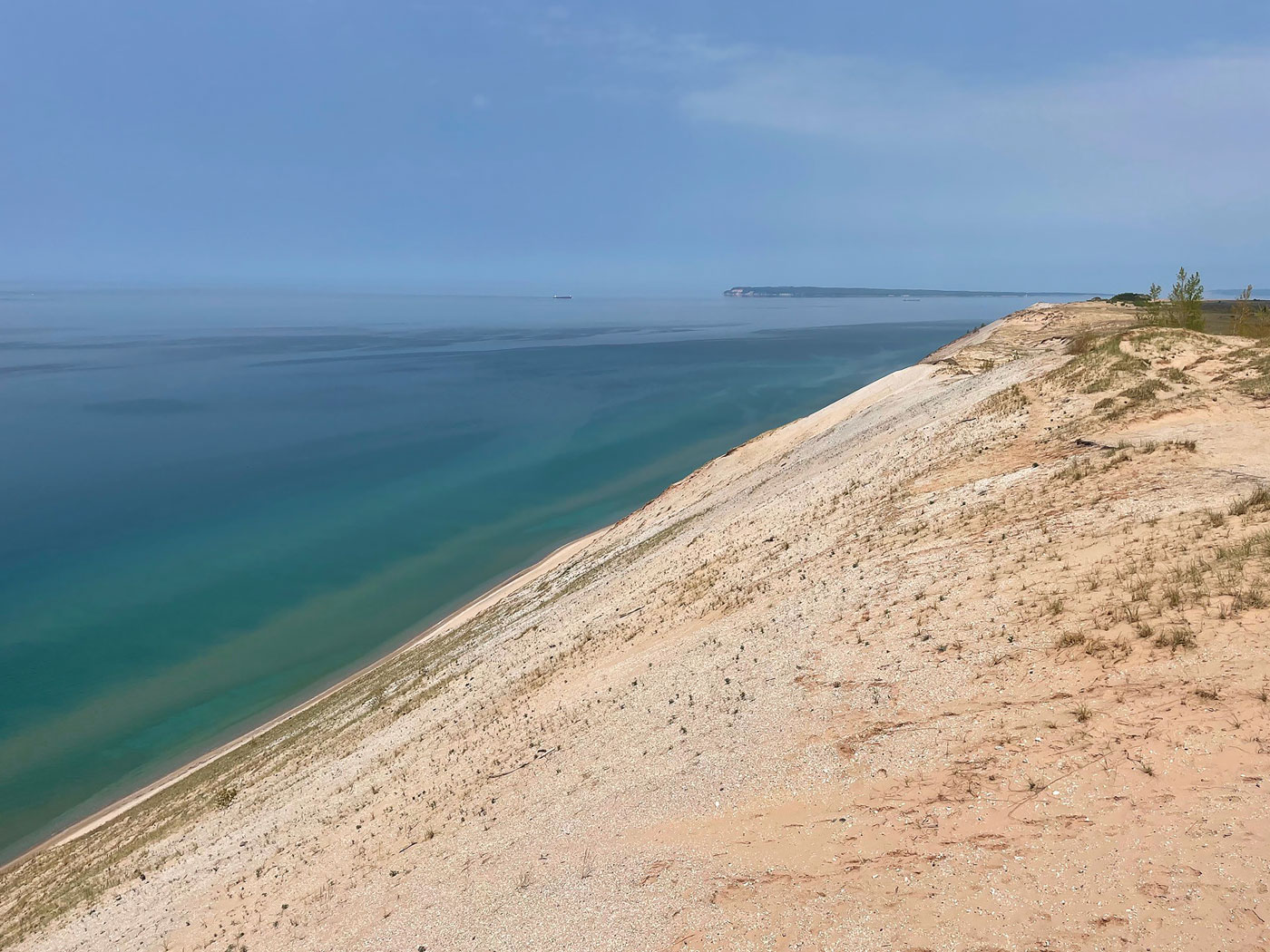Last month we ran our first Creation Conversion article, in which ICR zoologist Frank Sherwin described his shift from adhering to a billions-of-years evolutionary model to believing in biblical creation, which holds that the universe is only thousands of years old. A scientist with a similar experience, nuclear physicist Dr. Vernon Cupps, came to ICR from Fermilab, America’s particle physics laboratory.1 He describes his creation conversion as follows:
I came to believe in a young-earth view of creation when I took the time to investigate the actual scriptural, observational, and experimental evidences for both the young- and old-earth hypotheses. A young-earth view of creation is first of all, and most importantly, what is clearly taught by a straightforward reading of Scripture. Dr. Steven W. Boyd presented a particularly persuasive argument for this interpretation of Scripture in Radioisotopes and the Age of the Earth.2 When one considers that the most reasonable explanation for the fossils in various rock strata is a sudden catastrophic burial—[along with] the absence of transitional [fossil] forms in the rock strata, the presence of collagen in dinosaur bones supposedly hundreds of millions of years old, and the presence of measurable 14C in that collagen—it becomes very difficult to hold an old-earth view. The preponderance of observational and experimental data seem to support the concept of a young earth.
It was a great relief to erase the tension which had always existed between what I clearly understood from the Bible and what I was hearing on the university campuses. Sometimes you hear ideas and thoughts from other people which you know are wrong but you don’t know exactly why. So I began investigating the so-called evidence pointing to long Earth ages and evolution ex nihilo [a universe existing without God] which were being so strongly advocated by the secular world. To my horror I discovered that the basic assumption which upheld all of modern science was “naturalism,” i.e., there is no need for God because everything can be explained by natural causes. In essence the secular world had equated science with epistemology.3 My search ultimately led me to conclude that the biblical account was absolutely accurate and that God did not expect me to believe in something that was counter to the rational evidence all around me.
In 2 Timothy 2:15, the Scriptures state, “Be diligent to present yourself approved to God, a worker who does not need to be ashamed, rightly dividing the word of truth.” I would encourage every believer, and indeed everyone, to investigate thoroughly the facts about creation because what you believe about creation is intimately tied to what you believe about God and His glorious gospel.4
References
- Fermi National Accelerator Laboratory is in Batavia, Illinois. Its vision is to inspire the world and enable its scientists to solve the mysteries of matter, energy, space, and time for the benefit of all. Scientists at Fermilab carry out research in high-energy physics to answer these questions: What is the universe made of? How does it work? Where did it come from?
- Boyd, S. W. 2005. Statistical Determination of Genre in Biblical Hebrew: Evidence for an Historical Reading of Genesis 1:1–2:3. In Radioisotopes and the Age of the Earth: Results of a Young-Earth Creationist Research Initiative. El Cajon, CA: Institute for Creation Research and Chino Valley, AZ: Creation Research Society.
- Epistemology is the study or theory of the nature and grounds of knowledge, especially with reference to its limits and validity.
- Psalm 19; Romans 1:19-20.
Image credit: Fermilab, Batavia, IL
* Dr. Cupps earned his Ph.D. in nuclear physics at Indiana University-Bloomington is Research Associate at ICR.




















